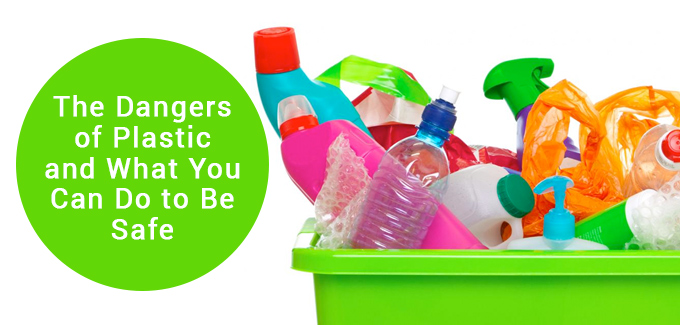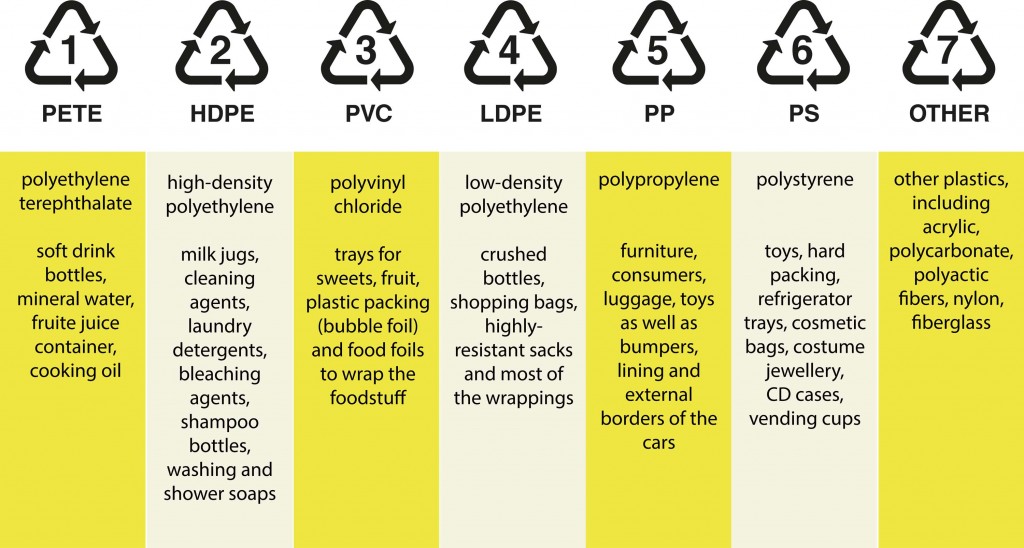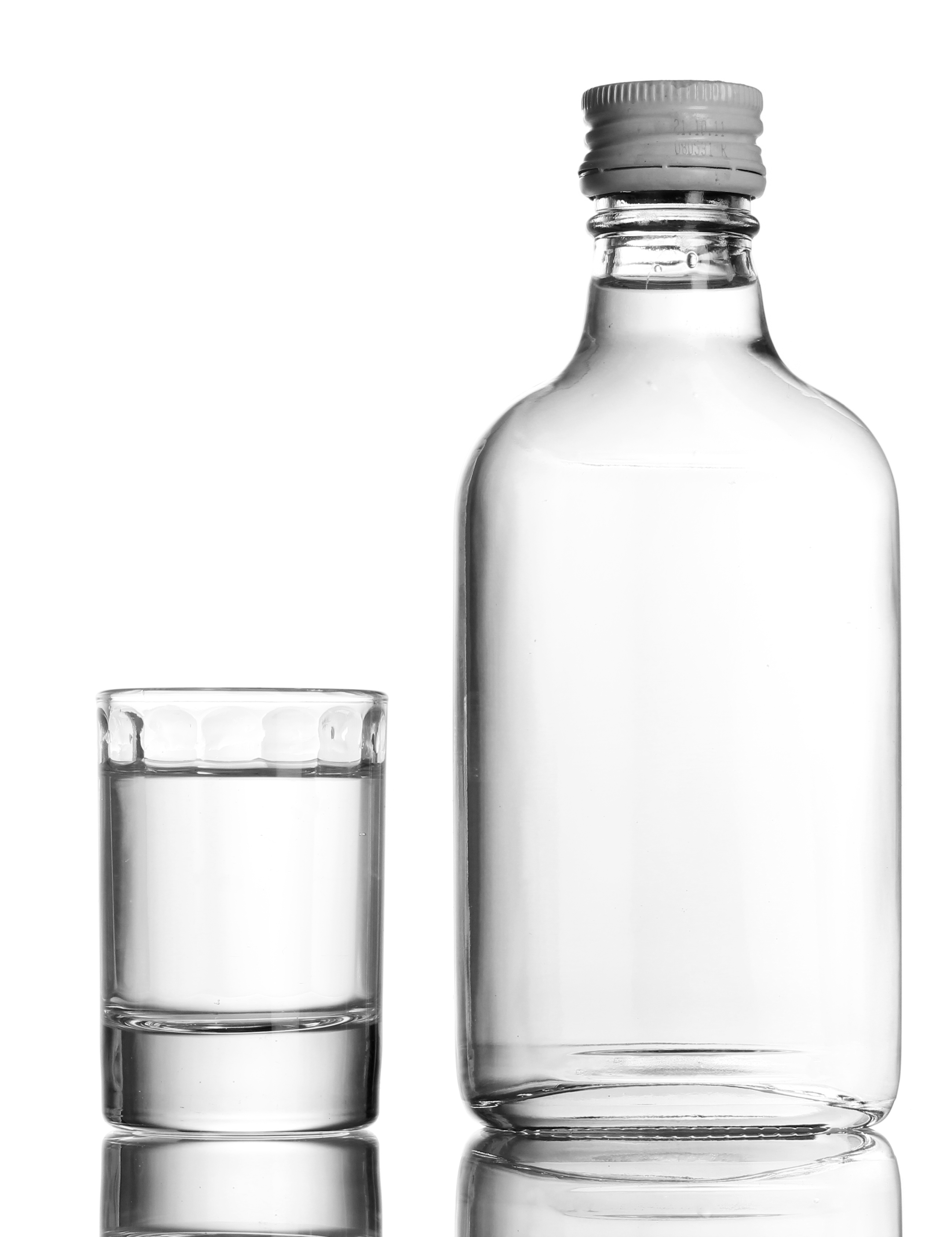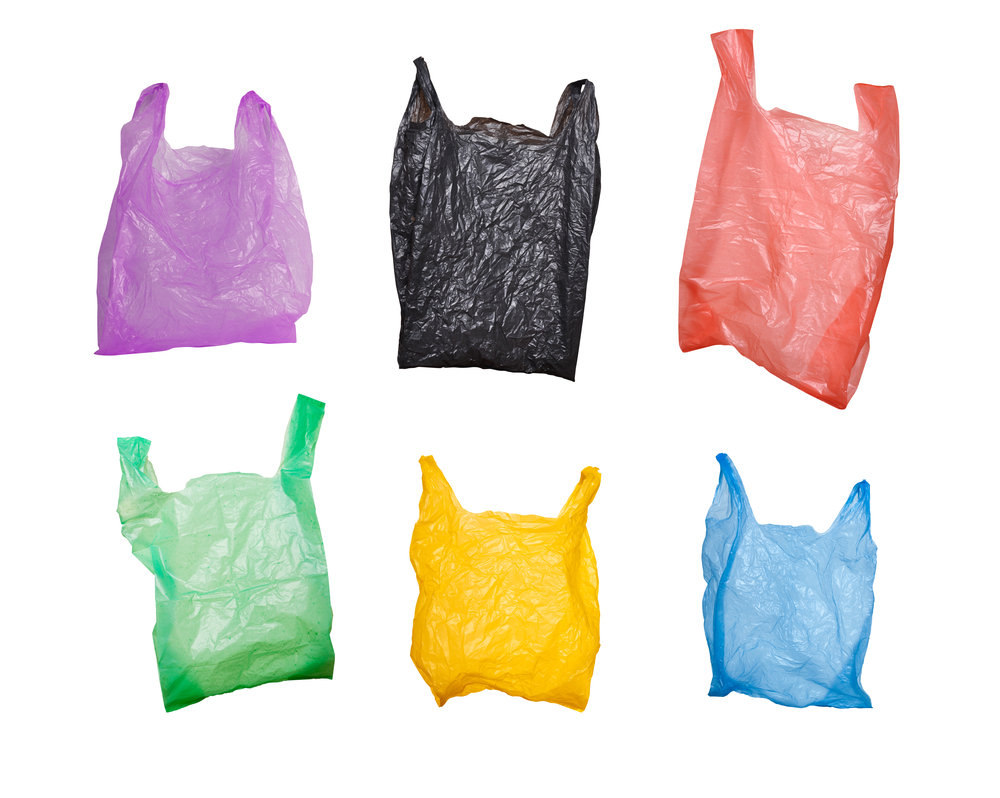
The Dangers of Plastic and What You Can Do to be Safe
by Colleen Cackowski
Believe it or not, the history of plastic dates back as early as the mid-1800s but in the last few decades, its use has expanded beyond what the early developers might ever have imagined. If you live in the modern world, you are likely to be exposed to products made with plastic hundreds of times a day. While the invention of plastic has added a significant level of convenience to daily life, it also brings with it the risk of severe health challenges.
From food and beverage containers to toiletry products to children’s toys to our automobiles, we are surrounded with plastic. This happens in ways we don’t even see on a daily basis: Water flows through plastic pipes to irrigate the crops that we eat. Unfortunately we are starting to pay a very high price for this modern day convenience. Research shows that many plastics leach chemicals, especially if they are scratched or heated. Those chemicals have been shown to disrupt optimal functioning of the body, leading in many cases to dramatic health challenges such as cancer.
PVCs
PVC (aka: polyvinyl chloride or vinyl) is a chemical in plastic that is all around us. PVC is one of the most toxic types of plastic, damaging both our body and the planet. According to the World Health Organization’s International Agency for Research on Cancer (IARC), the chemical used to make PVC, vinyl chloride, is known to cause cancer in humans.
Staff who work in PVC manufacturing facilities and residents of surrounding communities are at continuous risk from exposure to these chemicals which contaminate the air, the water, and the soil around these operations.
The manufacturing process and incineration of PVC also creates and releases dioxins. These dioxins end up in the food supply by contaminating animal feed, accumulating in animal fats, and later accumulating in human fat as we eat the food products (meat and dairy) that come from these animals. 95 percent of our toxic exposure to dioxin comes from food and results in a wide range of health problems such as impaired fertility, birth defects, immune system abnormalities, developmental delays, diabetes, endometriosis, and cancer.
What is very alarming is the lack of responsibility companies take for the safety of children. Many products made for babies and toddlers are made from these harmful plastic types including sippy cups, baby bottles, and toys. The epoxy lining of metal containers (canned soups) and drinking bottles also contains BPA.
There are other chemicals involved in manufacturing PVC that affects us negatively on a daily basis:
-
Shower curtains made with PVC can release up to 108 volatile organic chemicals into the air. Some of these chemicals have been linked to developmental damage as well as organ damage to the liver, the central nervous system, and the reproductive, and respiratory systems.
-
To make PVC plastic more flexible, the phthalate DEHP (Di-2-ethylhexyl phthalate) is often added. Traces of these chemicals can leach out of items made with PVC when it comes in contact with food or if a baby puts it into their mouth. According to Dr. Joseph Mercola, DEHP is one of the top six chemicals that are banned in Europe. (http://articles.mercola.com/sites/articles/archive/2011/06/24/europe-bans-penis-shrinking-chemical-america-does-not.aspx)
-
Lead is an ingredient sometimes used as a stabilizer in PVC and while the US regulates the use of lead in manufacturing to some degree, imported products made with PVC from China and other countries have been found with disturbingly high levels of lead—even 30 to 100 times higher than the federal limit.
BPAs
 Bisphenol A (BPA) is an industrial additive used in the manufacturing of many plastic products that makes the plastic harder. Once considered safe, the evidence now shows that BPA is harmful, especially since it builds up in the body over time. It is important to avoid using products which contain these compounds. BPA is among the world’s highest production volume of chemicals with over 8 billion pounds manufactured every year.
Bisphenol A (BPA) is an industrial additive used in the manufacturing of many plastic products that makes the plastic harder. Once considered safe, the evidence now shows that BPA is harmful, especially since it builds up in the body over time. It is important to avoid using products which contain these compounds. BPA is among the world’s highest production volume of chemicals with over 8 billion pounds manufactured every year.
BPAs mainly affect the endocrine system in the body. BPAs represent the most danger to babies, children, and teenagers, causing developmental difficulties. In the body, they act like the hormone estrogen, causing hormonal imbalances. High levels of exposure can result in premature puberty in girls and abnormal genital development in boys. It can also cause deformities in fetuses developing in the womb and can make the likelihood of developing certain (reproductive) cancers more likely.
Because BPAs can affect the brain during periods of development, this compound has been associated with the development of conditions like attention deficient hyperactivity disorder and even autism.
BPAs are present in almost everything from soda cans to water bottles to coffee cup lids to grocery and gas station receipts, prepackaged food containers, and plastic cups. Many metal water bottles, especially those made with aluminum, are lined with epoxy resins that can contain BPA to combat corrosion. Just because your food is stored and contained in glass, it doesn’t mean it is free of all BPA exposure. Metal lids of glass containers often also have an anti-corrosive epoxy lining that contains BPA.
Plastic bowls or containers should not be put in the microwave, since this will release BPAs. The best way to avoid BPAs is to eat as little canned, packaged, or processed food as possible. This is the main source of exposure due to how BPA leaches out of the packaging material.
The reality is that nearly 90 percent of the population has already consumed enough BPAs to test positive for this harmful compound.
How to Avoid Plastics
In order to avoid plastics, especially in food, you need to be able to identify them first.
Most plastic products are marked with a ‘recycling code,’ and a number that corresponds to the type of plastic it is made of. The number can be found within the triangular recycling symbol that recyclable plastics are marked with. The numbers representing the most toxic forms of plastic are the numbers 3, 6, and 7.
To avoid PVCs, look for the number 3 or the letters “PVC,” on packages, usually next to the three-arrow recycling symbol. PVCs are found in plumbing pipes, plastic wrap for food, and vegetable oil bottles. Do not cook or heat food in these plastics and try to minimize the use of number 3 plastic altogether. Wax paper is a better substitute.
For BPAs, you will want to not use any plastic marked with the number 7 or look for labels that state that the product is BPA free. The number 7 may be OK if it says “PLA” or has a leaf symbol on it.
Number 6, Polystyrene (PS), is another important one to avoid. PS likely leaches styrene, another possible endocrine disruptor and probable human carcinogen, into your food or beverage.
The use of plastic is widespread and if you find that you can’t avoid it altogether, here are the numbers that are considered “safer” plastics: #1 polyethylene terephthalate (PETE or PET) Most single-serve plastic beverage bottles are made with PET, #2 High Density Polyethylene (HDPE) includes juice bottles, detergent bottles, opaque milk containers, butter tubs and toiletry bottles, #4 Low Density Polyethylene (LDPE) includes some food wraps, grocery bags, bread bags, and squeezable bottles; and #5 Polypropylene includes water bottles with a cloudy finish, most yogurt cups, medicine bottles, ketchup containers, syrup bottles, and straws. So check your numbers before you purchase and make sure not to use #1 plastic more than once.
While it’s likely impossible to completely avoid all plastic products, try to use as little as possible, most especially if you are pregnant, and never use it around food. If you use a baby bottle, look for bottles ideally made of tempered glass or a safer plastic. As a general rule, hard, clear plastic contains BPA while soft or cloudy plastic does not. Most major manufacturers now offer BPA-free baby bottles.
Heat promotes the leaching of chemicals from plastic so keep anything stored in plastic containers in a cool, dark environment. Even the safer plastics will leach chemicals over time so don’t store anything you want to ingest in such a container over the long term. Try looking for glass, ceramic, enamel covered metal, porcelain, or stainless steel containers without plastic liners.
Do not microwave plastic food containers. Polycarbonate plastic may break down at high temperatures and release BPAs into the food. Although manufacturers are not required to label products to say whether they contain BPA, polycarbonate containers that do are usually marked with a number 7 recycling code on the bottom of the package.
Carry your own portable water bottles in glass or stainless steel if possible. BPA is often found in canned juices and soda, especially if the containers are lined with BPA-laden epoxy or plastic. Plastic bottles with BPA are usually marked with a number 7 recycling code.
Plastic bottles of drinks that have been on store shelves for a long time probably already have leached plastic into the contents of the bottles. If you taste plastic when you drink your beverage, discard it right away.
Choose glass containers and cardboard over cans. Foods packaged in cardboard cartons made of layers of aluminum and lined with a #2 plastic material are safer than cans with plastic linings containing BPA.
Get rid of canned foods and eat more fresh or frozen fruits and vegetables, which have better nutrition, plus they taste better and have fewer preservatives.
Avoid touching carbonless copy cash register receipts, and if you have one, don’t recycle it. Recycling receipts with BPA can spread the BPA to other products made with recycled paper, including toilet paper, napkins, and other products that come into contact with our skin.
Replace plastic household items with alternatives—items made from glass, safer plastics, stainless steel, ceramics, or wood are better choices.
Try to remember your reusable shopping bags when you go to the grocery store. Besides being toxic from a chemical point of view, polymer-based plastic bags can sit in landfills for hundreds of years.
All the countries in the European Union have placed a ban on the use of endocrine disruptors in plastics that come into contact with food and drink and the Government of Canada has banned the use of BPA in baby bottles. In the Western World, The United States is the only federal government that insists plastics are safe. Fortunately, several US plastic manufacturers are starting to voluntarily remove these chemicals from many of their products, and some retailers are taking the extra step of removing toxic plastics from their stores. But there are no official bans or prohibitions in place for any of these chemicals. Fortunately, scientists are coming up with a number of alternative plastic-type products that are nontoxic and biodegradable such as containers made from corn and other food-based materials.





+ There are no comments
Add yours